In industries such as electrical, telecommunications, data centers, and network installations, effective cable management is crucial for maintaining an organized and efficient working environment. One key aspect of cable management is the clear identification and labeling of cables and wires. This is where cable labeling machines come into play, providing a streamlined solution for labeling and marking cables accurately and efficiently.
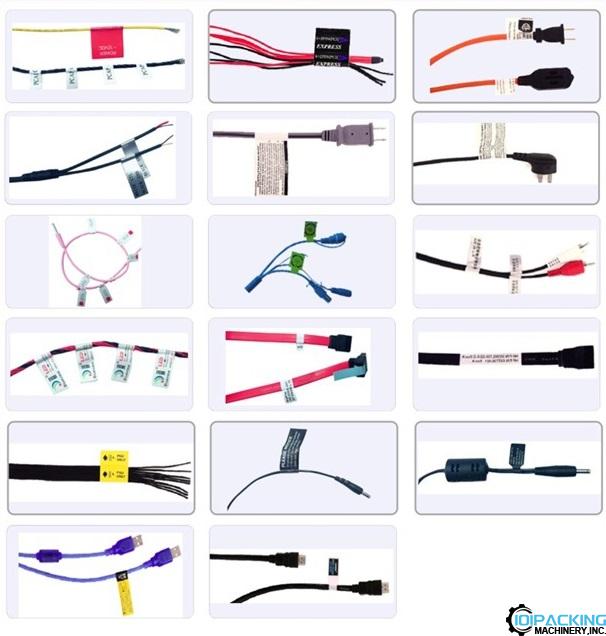
Cable labeling machines, also known as wire labeling machines or cable markers, are specialized equipment designed specifically for labeling cables and wires. These machines offer a range of features and functionalities to ensure precise labeling, saving time and minimizing errors in the process.
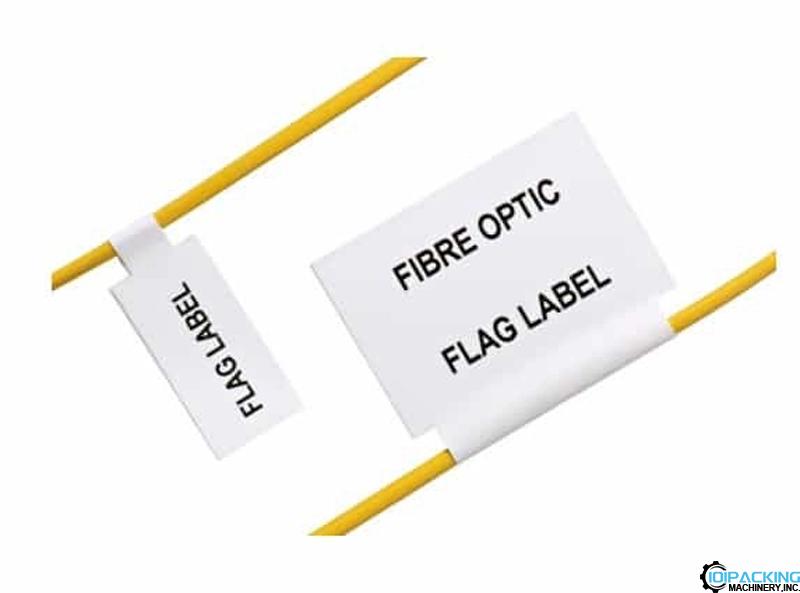
The working flow of a cable labeling machine typically involves several steps to ensure accurate and efficient labeling of cables. Here is a general outline of the working flow:
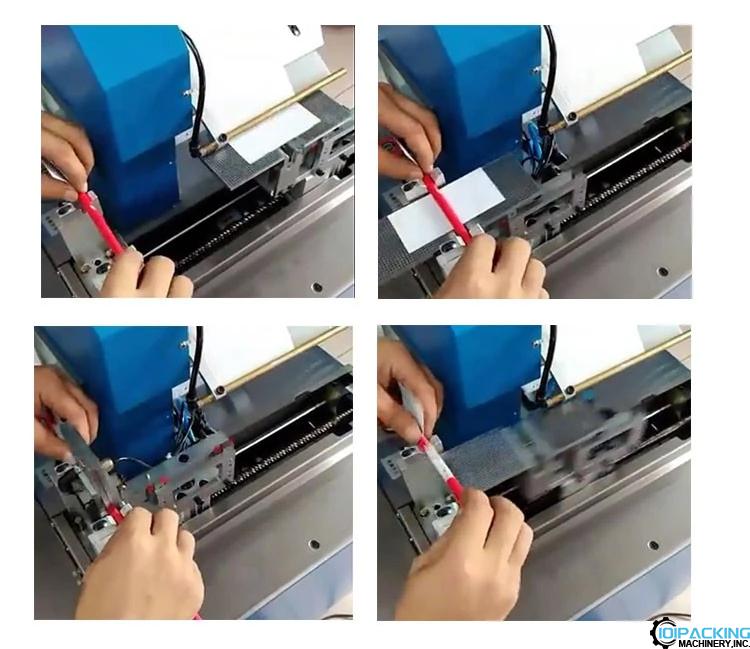
1.Preparation: Before using the cable labeling machine, the operator needs to prepare the necessary materials, such as labels or markers, printing supplies (if applicable), and the cables or wires to be labeled. They also ensure that the machine is properly set up and calibrated.
2.Label Design and Programming: The operator designs and prepares the label information using the machine's interface or a connected computer. This includes inputting cable codes, numbers, barcodes, or any required text. The machine may have built-in label templates or software for creating custom labels.
3.Loading Cables: The operator loads the cables or wires into the cable handling system of the machine. This can involve placing them on rollers, threading them through guides, or using a conveyor belt system, depending on the design of the specific machine.
4.Label Printing (if applicable): If the cable labeling machine has an integrated printing system, the operator selects the desired label design and initiates the printing process. This is done either before or during the labeling process, depending on the machine's capabilities.
5.Label Application: The machine automatically applies the labels onto the cables as they pass through the labeling area. The technique used for label application can vary, such as wrap-around labeling, flag-style labeling, or heat shrink labeling. The machine ensures proper label placement and adhesion based on the programmed settings.
6.Cutting (if applicable): After the labels are applied, some cable labeling machines may have a cutting mechanism that trims the labels to the desired length or shape. This creates clean and finished labels on the cables.
7.Inspection: Once the cables have been labeled, the operator may perform a visual inspection to ensure that the labels are properly applied and legible. This helps catch any labeling errors or issues that might have occurred during the process.
8.Finalizing and Packaging: After inspection, the labeled cables are prepared for their intended use or further processing. This can involve packaging them in appropriate containers, reels, or trays for storage, shipment, or installation.
9.Cleaning and Maintenance: The cable labeling machine is cleaned and maintained regularly to ensure its proper functioning and longevity. This includes removing any debris or residue, lubricating moving parts, and replacing any worn-out components or consumables.
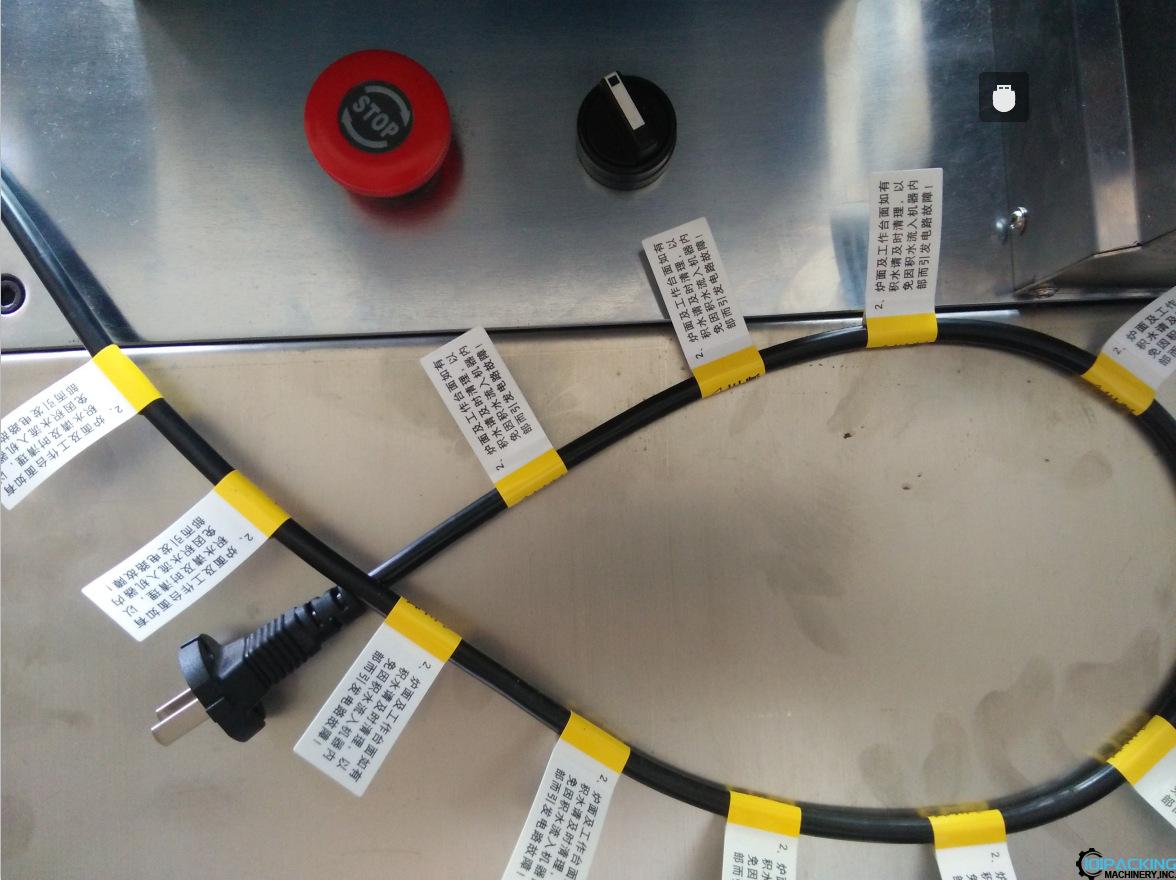
It is important to note that the specific working flow may vary depending on the design and features of the cable labeling machine. Manufacturers provide detailed instructions and guidelines for operating their specific machines, and operators should follow these instructions to ensure safe and efficient labeling processes.
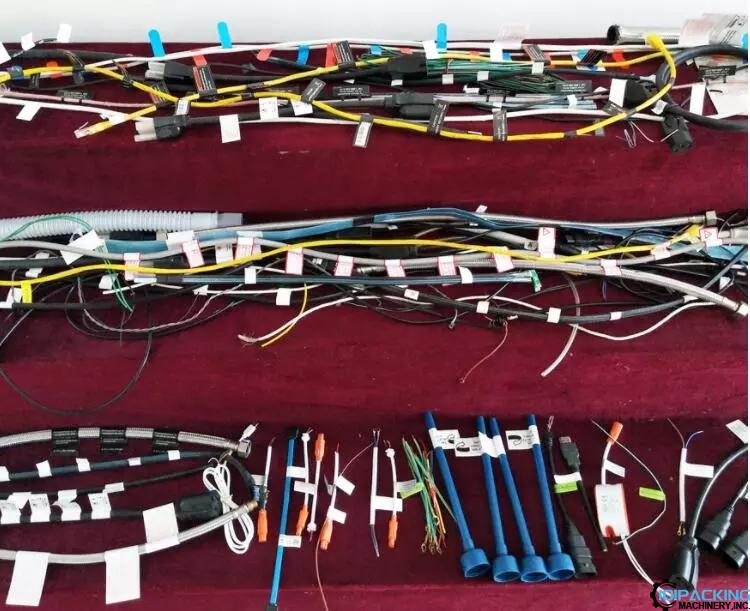
There are several types of cable labeling machines available in the market, each designed to cater to specific labeling requirements. Here are some common types:
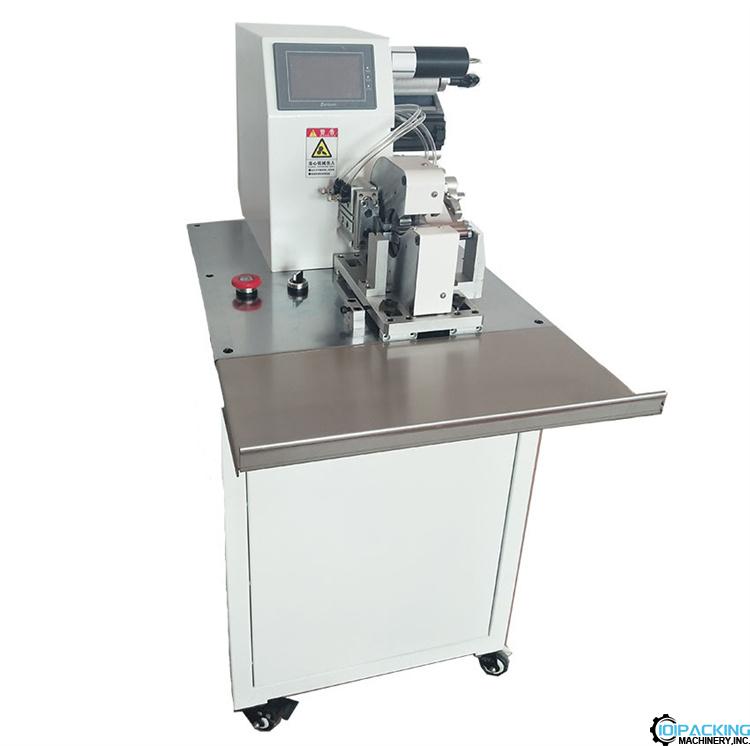
1.Wrap-around labelers: These machines apply labels that wrap around the cables, forming a complete loop. They are often used for round or cylindrical cables and can handle a wide range of cable diameters.
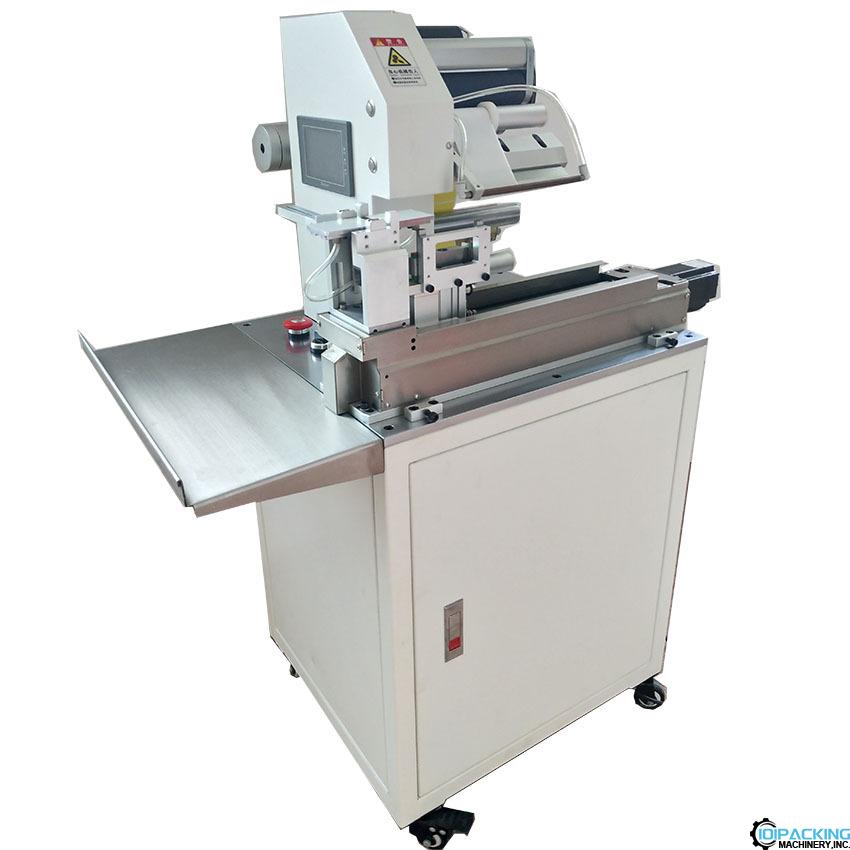
2.Flag-style labelers: These machines apply labels that wrap around the cable and then fold over to form a flag-like shape. They are suitable for cables with limited surface area or when labels need to be visible from multiple angles.
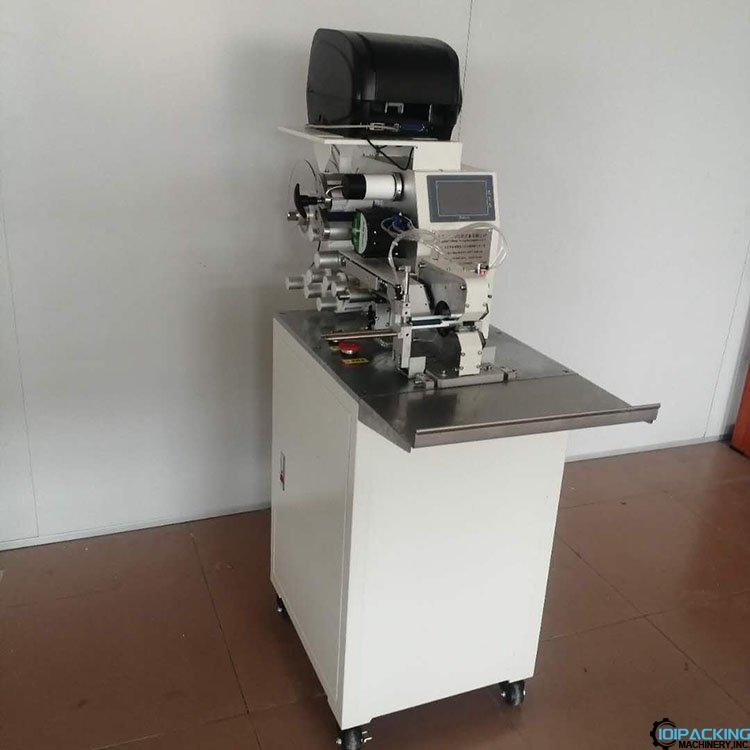
3.Pre-printed label applicators: These machines are designed to apply pre-printed labels onto cables. The operator can manually load the labels into the machine, which then dispenses and applies them onto the cables.
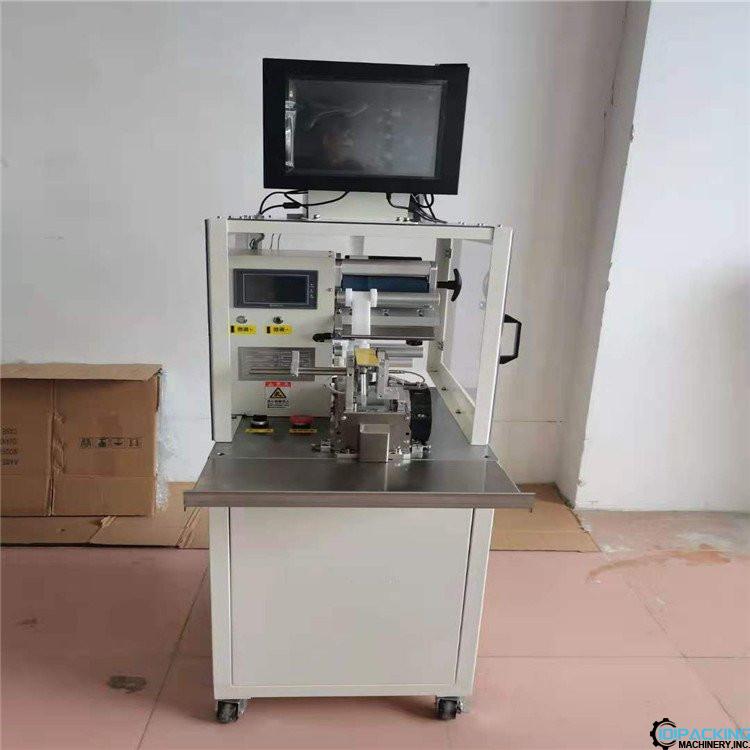
4.Inline label printing and application systems: These machines combine label printing and application capabilities in one unit. They allow for on-demand printing of variable data on labels and immediate application onto cables as they pass through the machine.
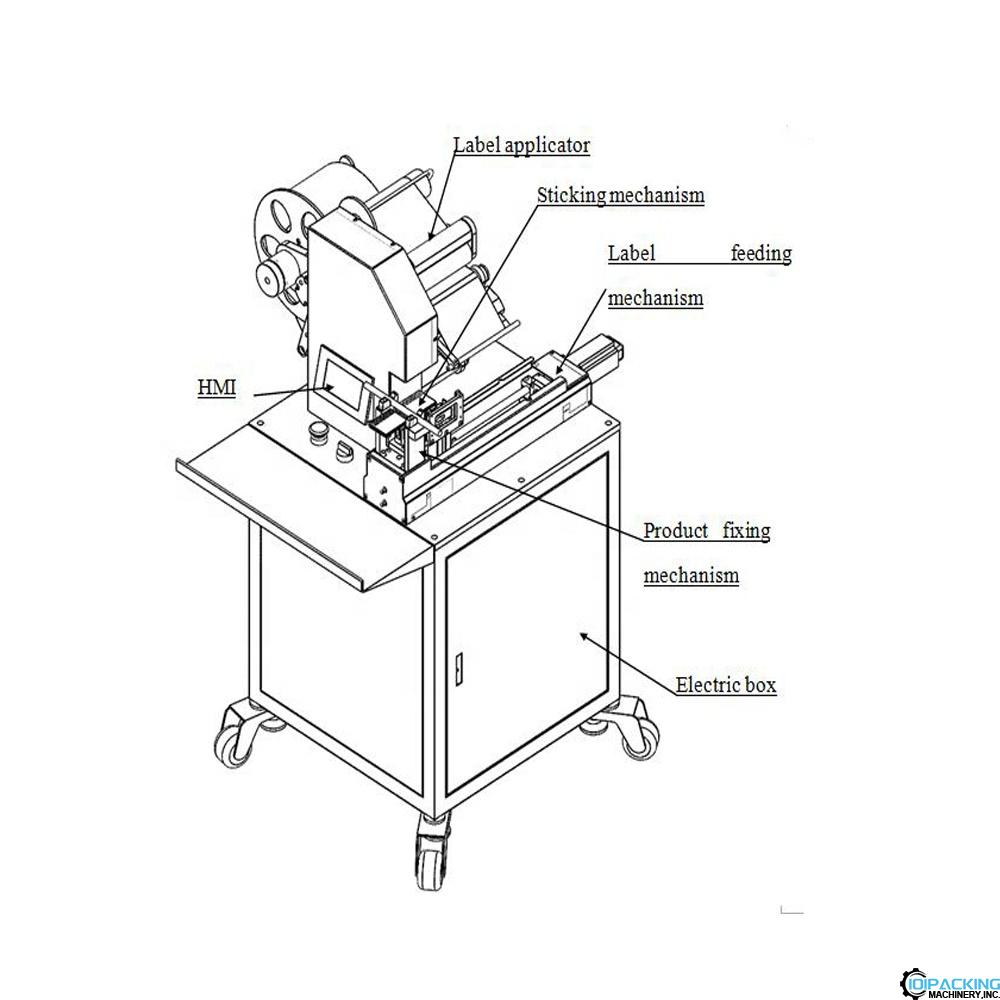
The selection of the appropriate type of cable labeling machine depends on factors such as the type of cables to be labeled, labeling volume, label design requirements, and specific industry or application needs. It is recommended to consult with suppliers or manufacturers to determine the most suitable machine for a particular labeling task.
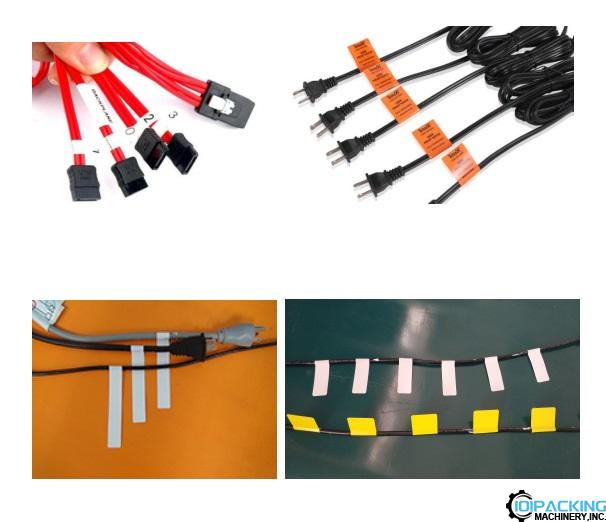
One of the notable features of cable labeling machines is their ability to print custom labels. Integrated printing systems allow users to create labels with cable codes, numbers, barcodes, or text, providing clear identification and organization of cables. This eliminates the need for manual labeling or handwritten markers, which can be time-consuming and prone to errors.
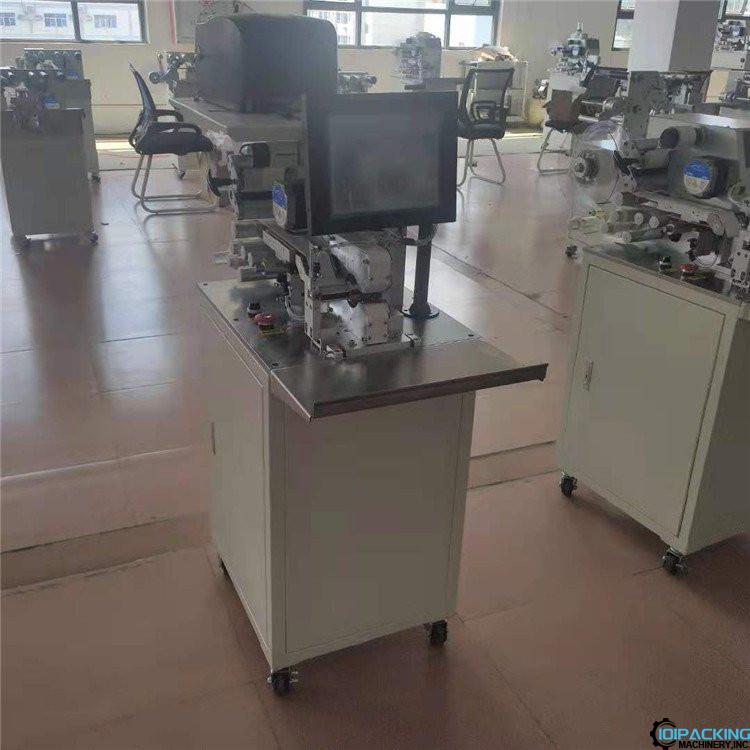
Furthermore, cable labeling machines automate the application of labels onto cables, ensuring consistent and accurate placement. Different labeling methods, such as wrap-around labeling, flag-style labeling, or heat shrink labeling, can be employed depending on the type of labels and cables being used. These machines are equipped with cable handling systems that guide the cables through the labeling process, ensuring precise positioning for optimal label placement and adhesion.
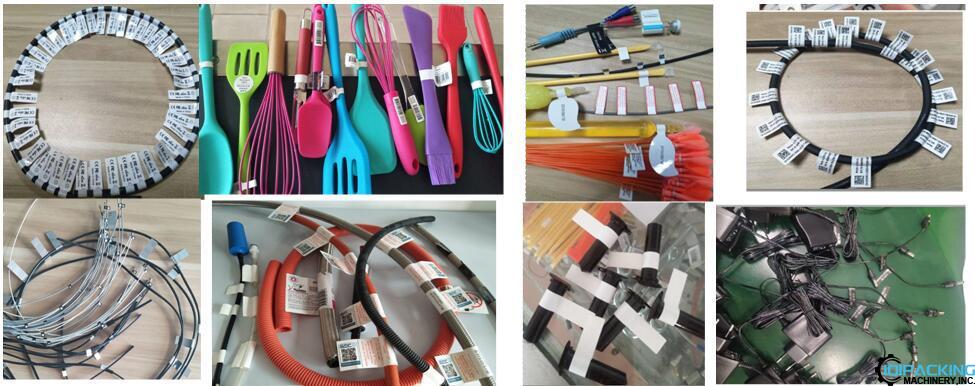
Flexibility is another advantage of cable labeling machines. Cables come in various sizes and diameters, making it challenging to label them uniformly. However, cable labeling machines often incorporate tension control mechanisms to accommodate different cable sizes, ensuring proper label placement and adhesion regardless of cable flexibility.
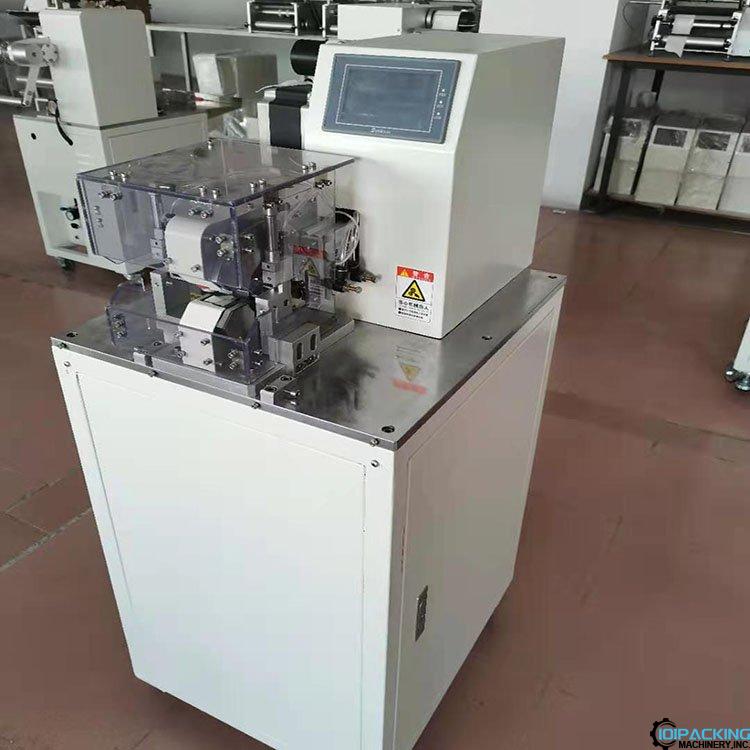
To further enhance efficiency, cable labeling machines may feature cutting mechanisms that trim the labels to the desired length or shape after application. This results in clean and finished labels on the cables, reducing the need for manual trimming and improving overall aesthetics.
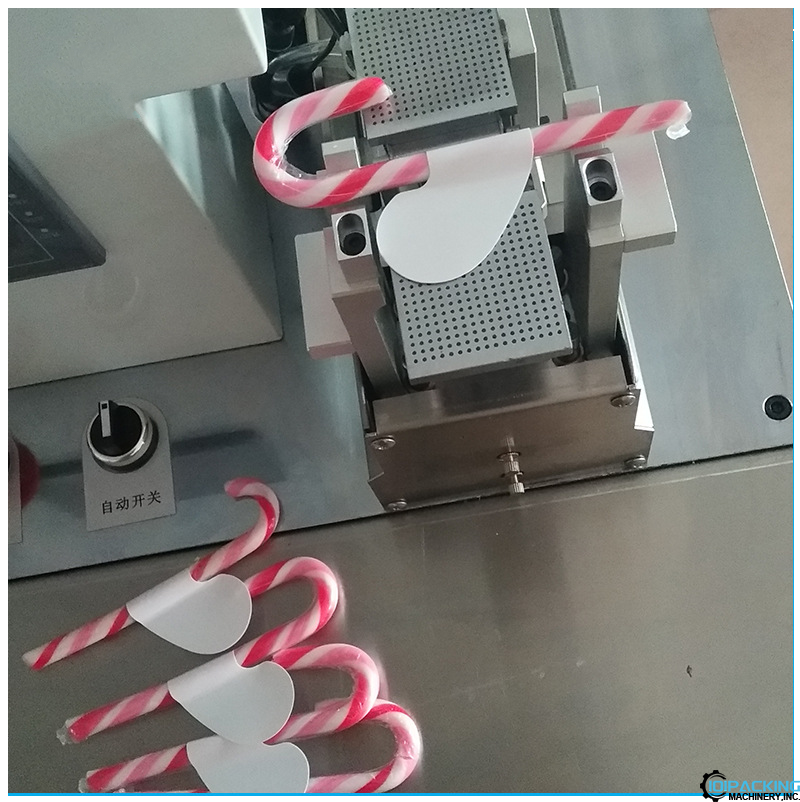
Operating a cable labeling machine is user-friendly, with intuitive interfaces such as display screens or control panels. Operators can easily program label information, adjust settings, and monitor the labeling process, ensuring optimal performance and minimal downtime.
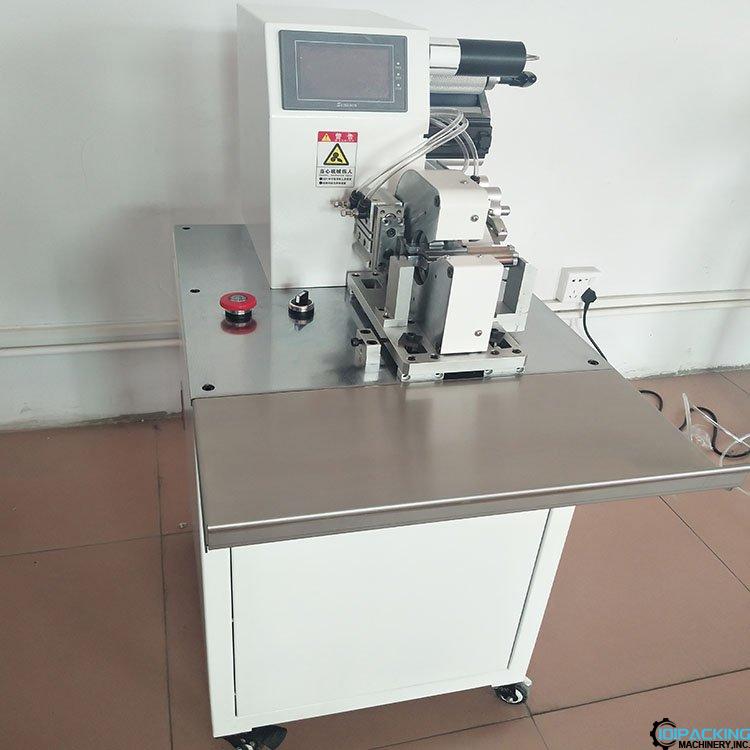
The benefits of utilizing cable labeling machines in cable management processes are numerous. They help improve overall cable organization, making it easier to identify and trace specific cables for troubleshooting or maintenance tasks. This not only saves time but also reduces the chance of errors and potential safety hazards. Additionally, cable labeling machines increase productivity by significantly reducing labeling time, enabling workers to focus on other important tasks.
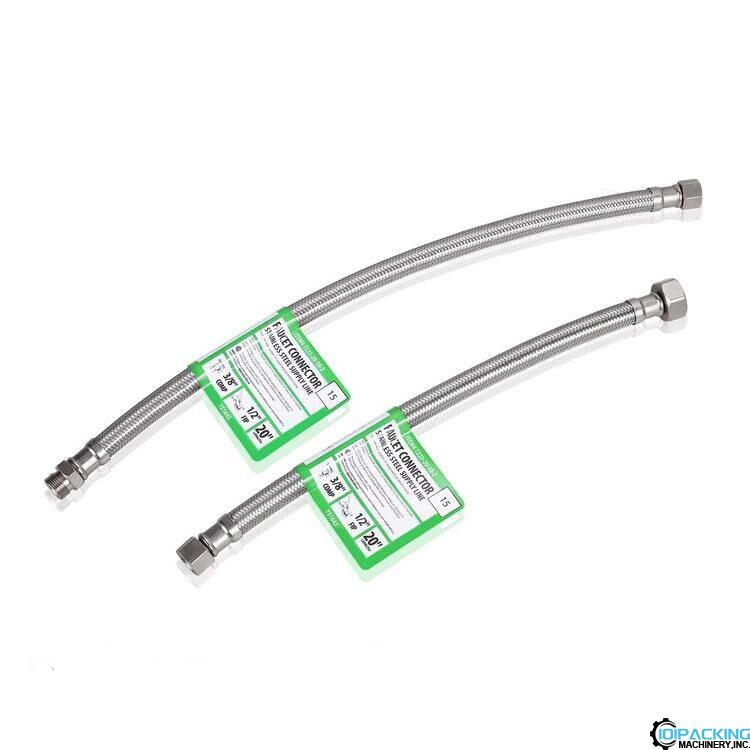
In the fast-paced world of modern industries, streamlining cable management processes is essential for optimum efficiency. Cable labeling machines provide a practical and reliable solution to this challenge, ensuring accurate labeling, efficient cable organization, and improved productivity. By investing in cable labeling machines, companies can effectively manage their cables, enhance safety, and maintain an organized working environment.
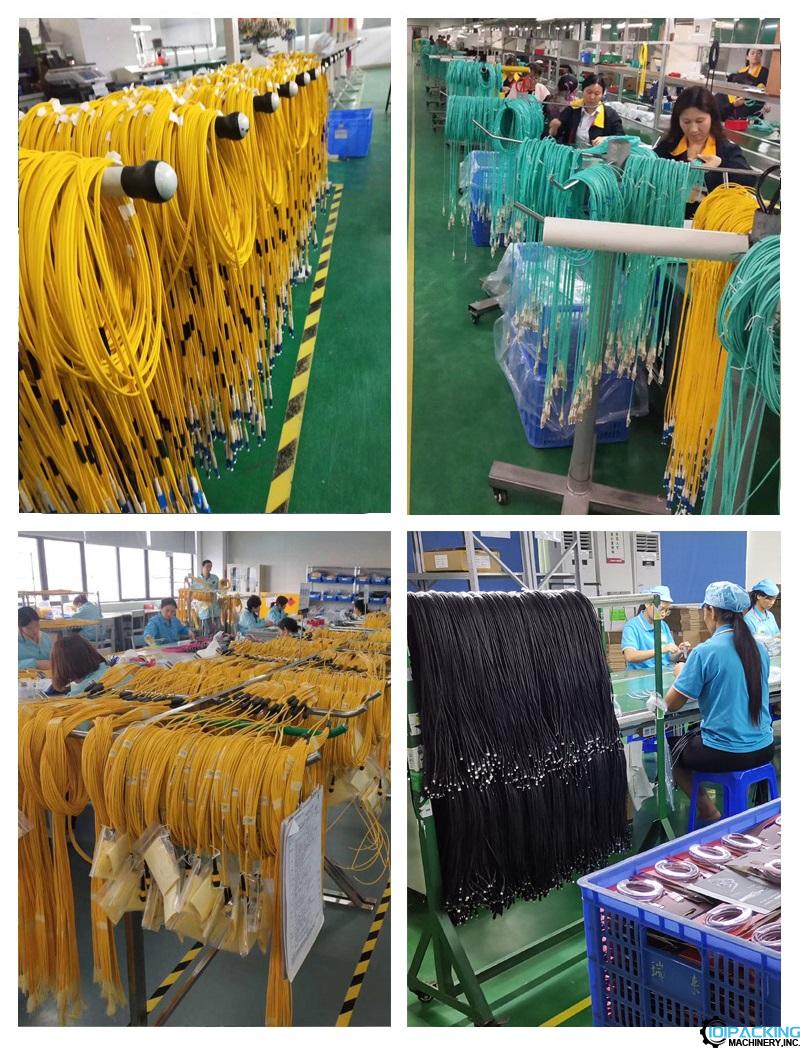
Contact: 101Packing
Phone: +86 198 7511 8892
E-mail: info@101packing.com
Add: 5th Floor, Outside Building, Shangxue Tech Park, Jihua Road, Longgang District, Shenzhen,Guangdong,China